Not even acclaimed film critics can define Soviet filmmaker Andrei Tarkovsky’s work. It is a unique world that seems to have been created very far from reality, but yet as close to it as possible.
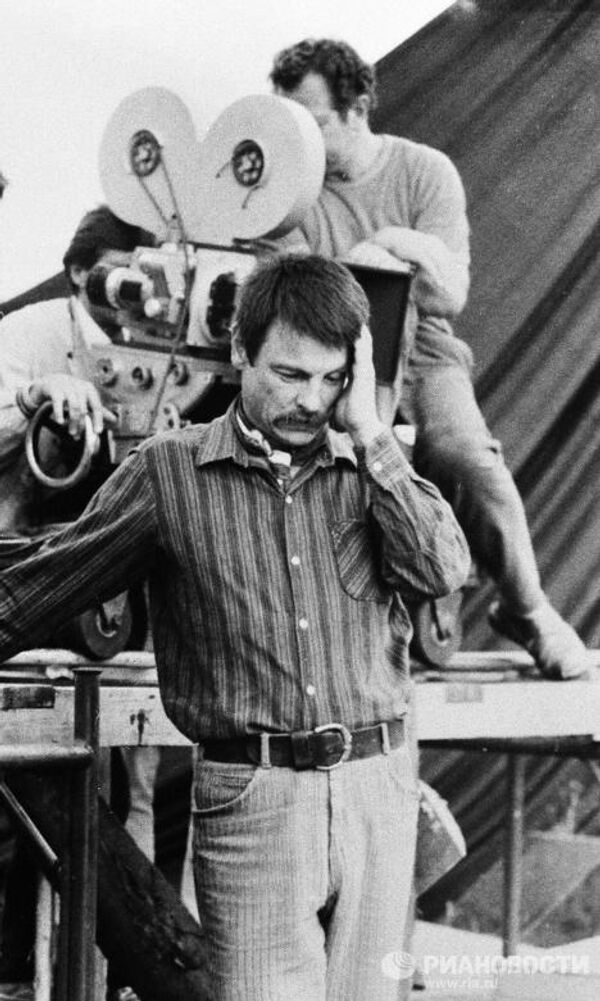
Not even acclaimed film critics can define Soviet filmmaker Andrei Tarkovsky’s work. It is a unique world that seems to have been created very far from reality, but yet as close to it as possible.
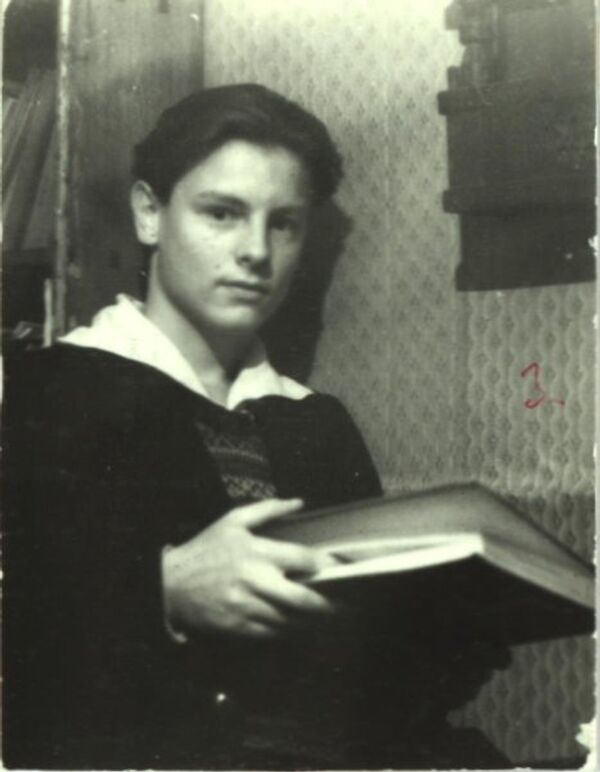
2/13
© Photo : Courtesy of the Sergei Eisenshtein Cinematography Library
Andrei Tarkovsky was born on April 4, 1932, in the village of Zavrazhye, Ivanovo Region, near the town of Yuryevets. He spent his childhood in a wooden house in Moscow’s Zamoskvorechye District where his family moved in 1943. In the photo: Andrei Tarkovsky at the age of 17 (1949).
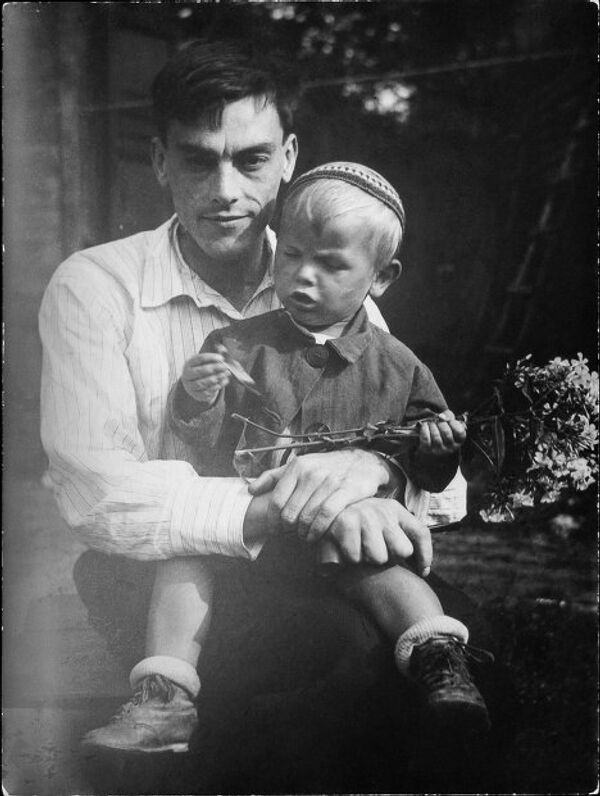
3/13
© Photo : Courtesy of the Sergei Eisenshtein Cinematography Library
Andrei Tarkovsky was born to poet Arseny Tarkovsky. In the photo: Arseny Tarkovsky with his son Andrei (1930s).
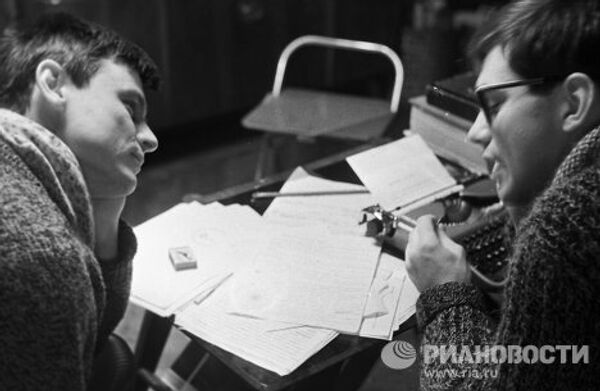
In 1954, Tarkovsky was admitted to the Gerasimov Institute of Cinematography, Russia’s top filmmaking school, where he met Andrei Mikhalkov-Konchalovsky. The two filmmakers later directed their first movie together. It was a final year project titled Katok i Skripka (The Steamroller and the Violin). In the photo: Andrei Tarkovsky, left, and Andrei Konchalovsky discussing a new script (1962).
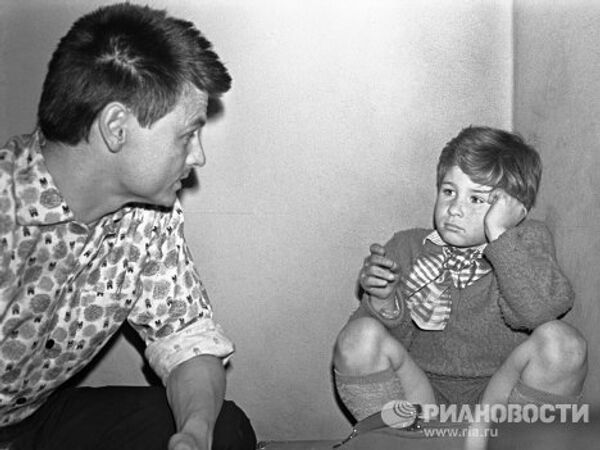
The sentimental story about a short friendship between a boy who plays the violin and a steamroller driver is usually listed as Andrei Tarkovsky’s first film.
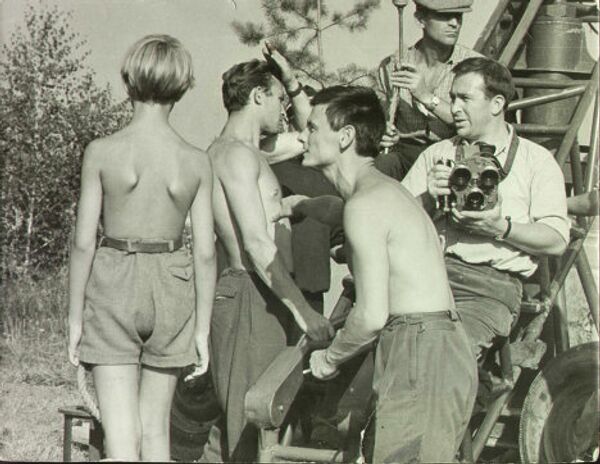
6/13
© Photo : Courtesy of the Sergei Eisenshtein Cinematography Library
Ivanovo detstvo (Ivan’s Childhood) was the director’s first feature film. The movie won him the Golden Lion at the 1962 Venice Film Festival and many other awards.
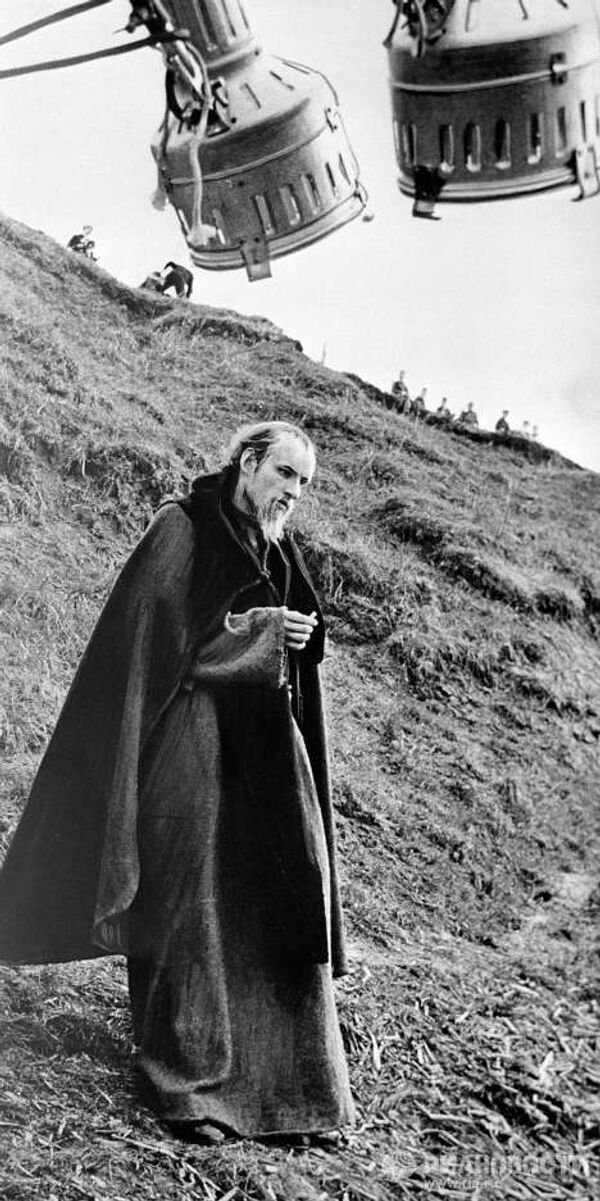
Andrei Rublyov was coined as a movie about an artist and the authorities but the story expanded to embrace much more meaning. Film critics say Andrei Rublyov revealed the keynote of Tarkovsky’s films, which is the anguish of mind. In the photo: Anatoly Solonitsyn (1934-1982) on the set of Andrei Rublyov directed by Andrei Tarkovsky.
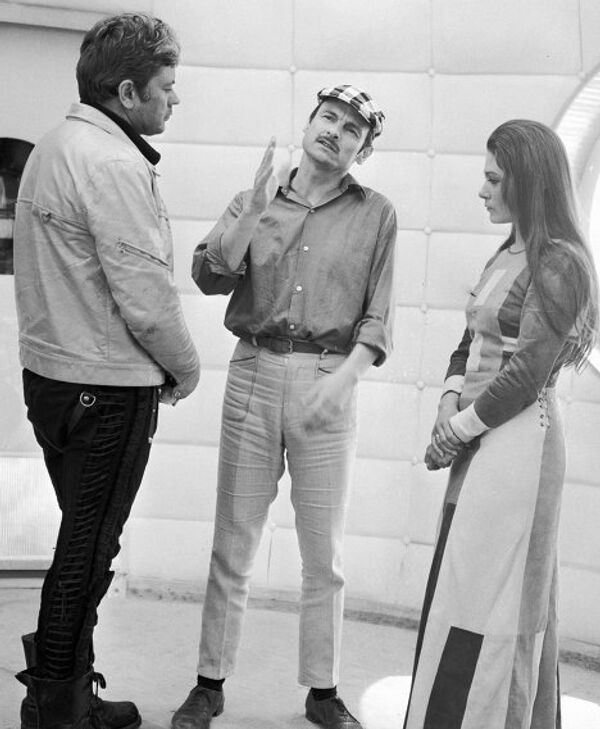
Solaris, one of Tarkovsky’s most famous movies, is a screen adaptation of Stanislaw Lem’s science fiction novel Solaris. In the photo: Tarkovsky and the movie cast rehearsing a scene from Solaris.
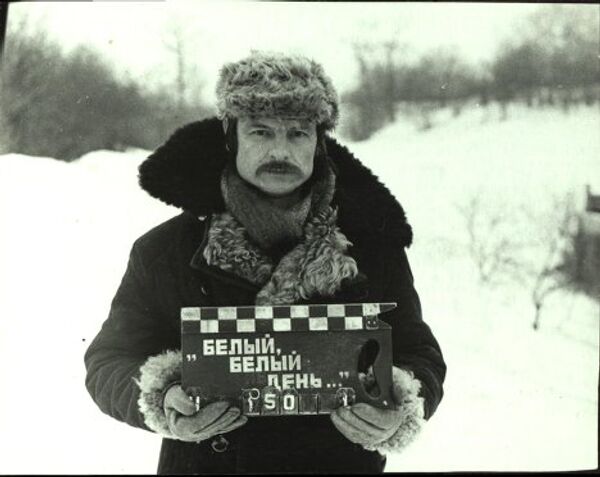
9/13
© Photo : Courtesy of the Sergei Eisenshtein Cinematography Library
In 1974, Tarkovsky started filming his Zerkalo (Mirror), which had the working title White, White Day.
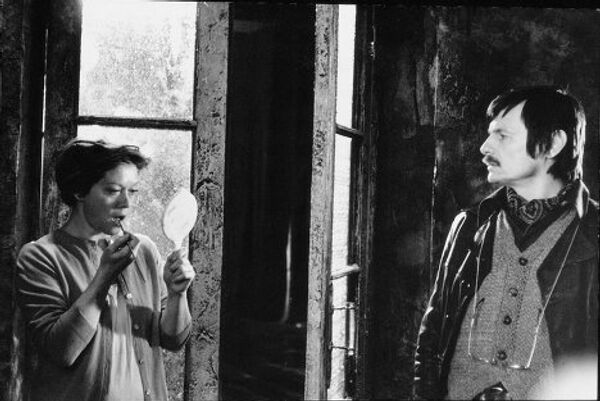
10/13
© Photo : Courtesy of the Sergei Eisenshtein Cinematography Library
The last movie Tarkovsky shot before emigrating from the Soviet Union was Stalker, a screen version of Roadside Picnic, a novel by the brothers Arkady and Boris Strugatsky.
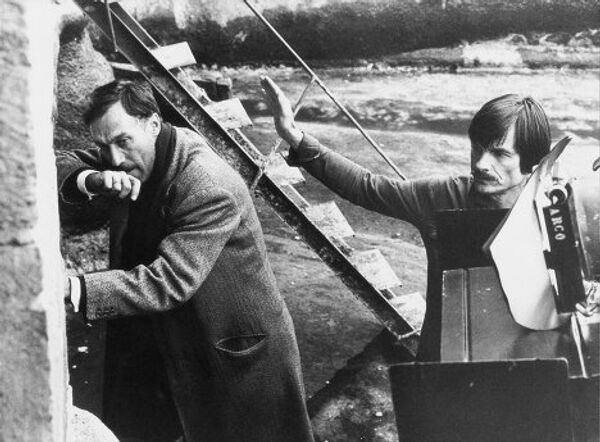
11/13
© Photo : Courtesy of the Sergei Eisenshtein Cinematography Library
Tarkovsky filmed his movie Nostalghia in Italy. The movie was inspired by a documentary of Tarkovsky’s travel around Italy that he shot with Italian screenwriter Tonino Guerra.
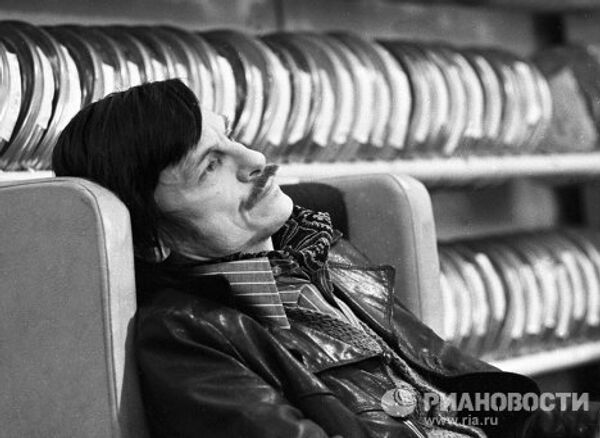
Tarkovsky made his last movie, a poetical story The Sacrifice, in Sweden. He was seriously ill at the time.
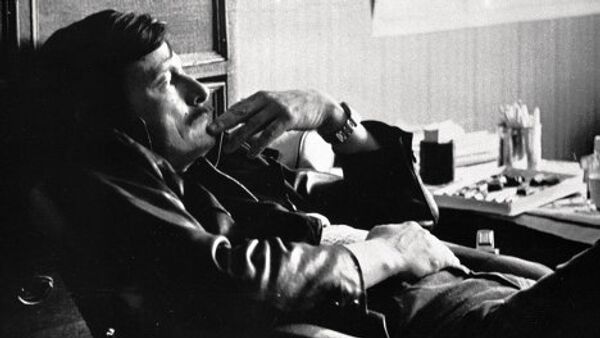
In late 1985, Tarkovsky was diagnosed with lung cancer. He died on December 29, 1986, in Paris. He was buried at the Sainte-Geneviève-des-Bois Cemetery. Sculptor Ernst Neizvestny designed his tombstone with an epitaph saying “To the man who saw the Angel.”



